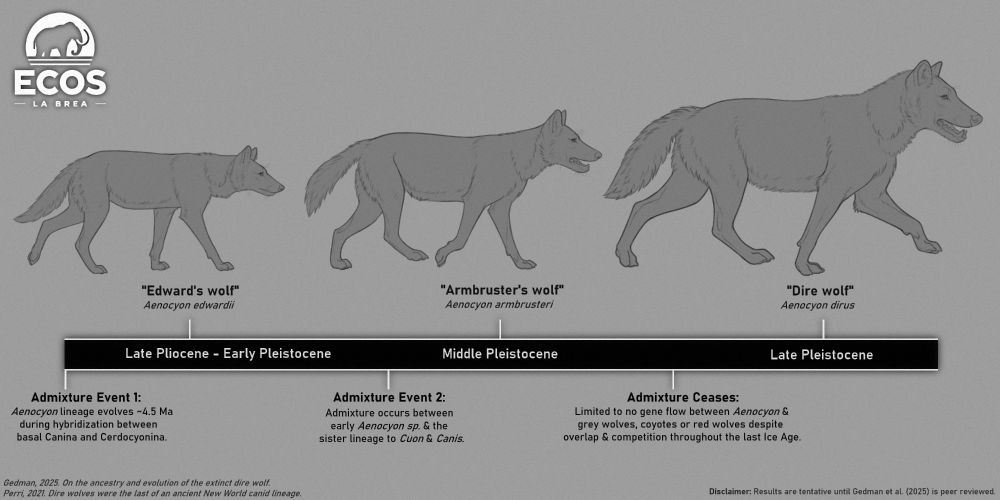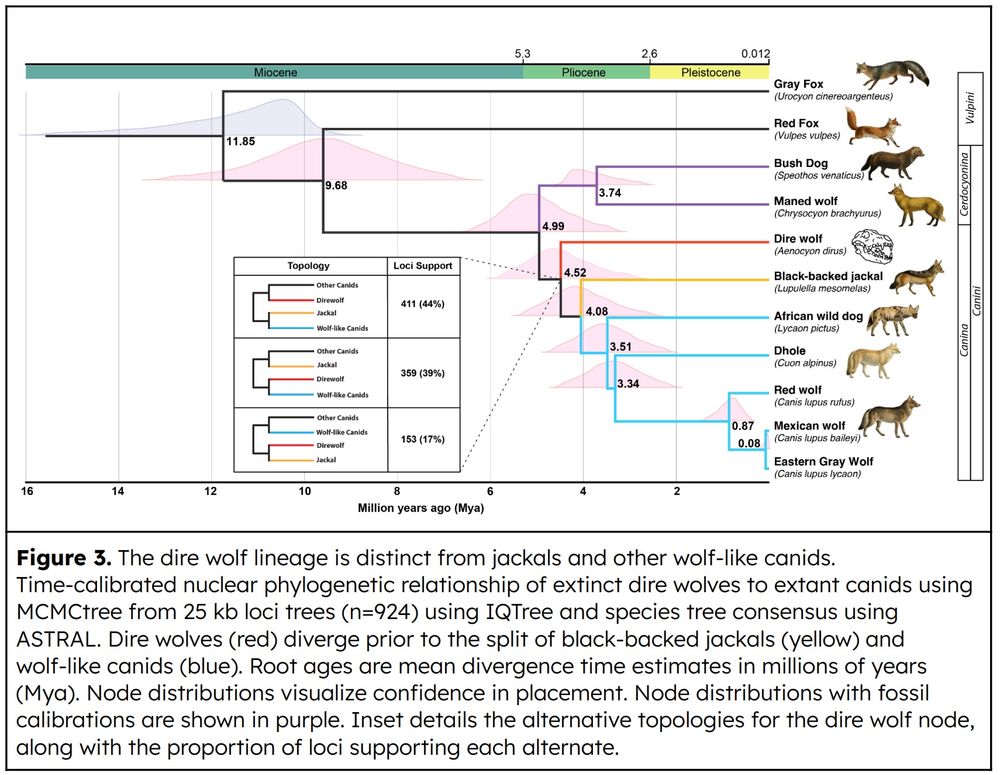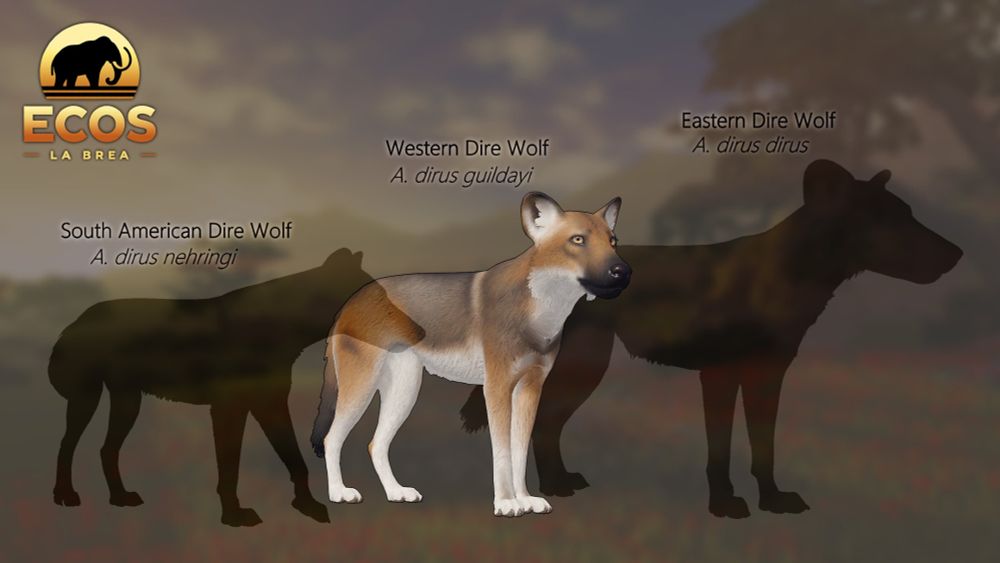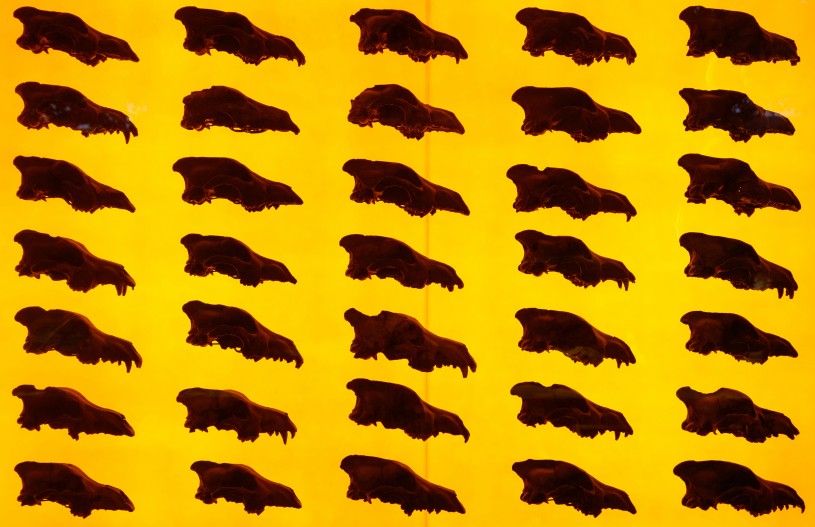
Without finding the wolf skulls, this skin is available for 5000 tracks.
Without finding the wolf skulls, this skin is available for 5000 tracks.
“Pseudo-Melanistic” Saber-tooth Cat, a tier 4 skin priced at 3000 tracks

“Pseudo-Melanistic” Saber-tooth Cat, a tier 4 skin priced at 3000 tracks
“Bay Leopard” Western Horse, a tier 4 skin priced at 3000 tracks

“Bay Leopard” Western Horse, a tier 4 skin priced at 3000 tracks
We are hosting a discussion panel to talk about the game.
For more information, check out the Page Museum website: tarpits.org/calendar/sum...

We are hosting a discussion panel to talk about the game.
For more information, check out the Page Museum website: tarpits.org/calendar/sum...
www.newscientist.com/article/2477...
tarpits.org/stories/dire...
www.biorxiv.org/content/10.1...
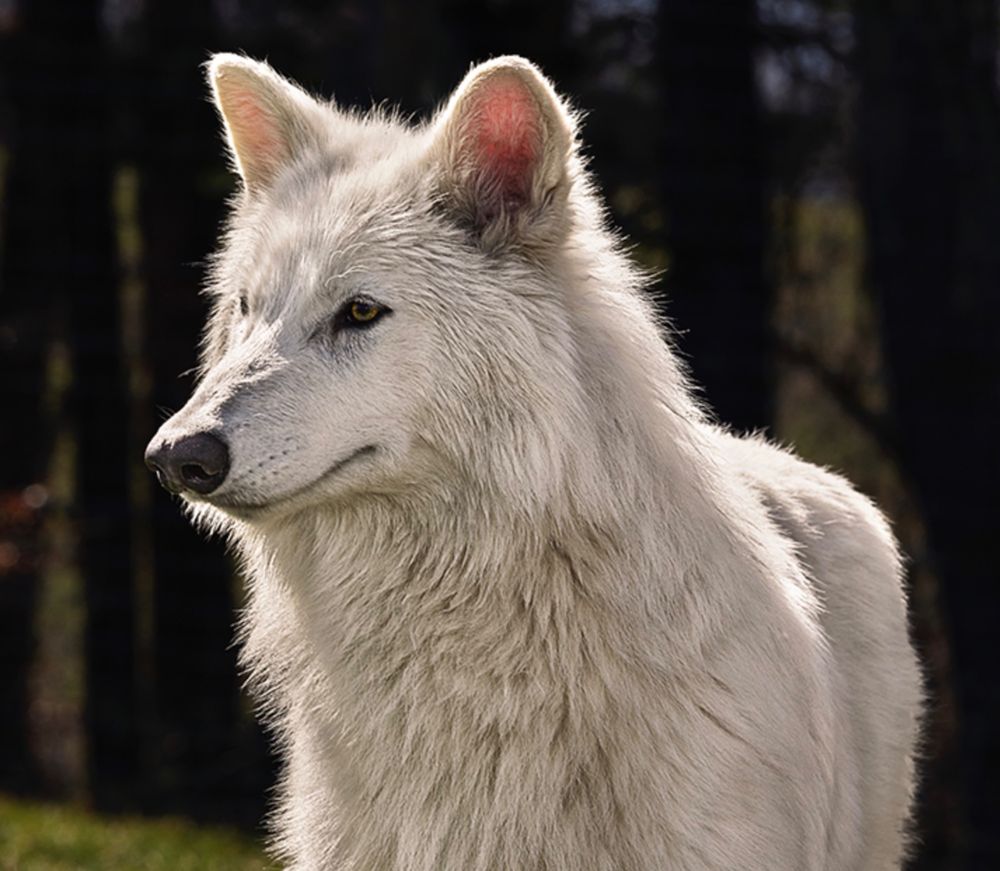
www.biodiversitylibrary.org/item/139018
eurekamag.com/research/005... onlinelibrary.wiley.com/doi/full/10....
www.nature.com/articles/s41...
La Brea Tar Pits (3,6)
Paiaoe (8)
Citations:
www.researchgate.net/publication/...
www.researchgate.net/publication/...
www.researchgate.net/publication/...
academic.oup.com/biolinnean/a...
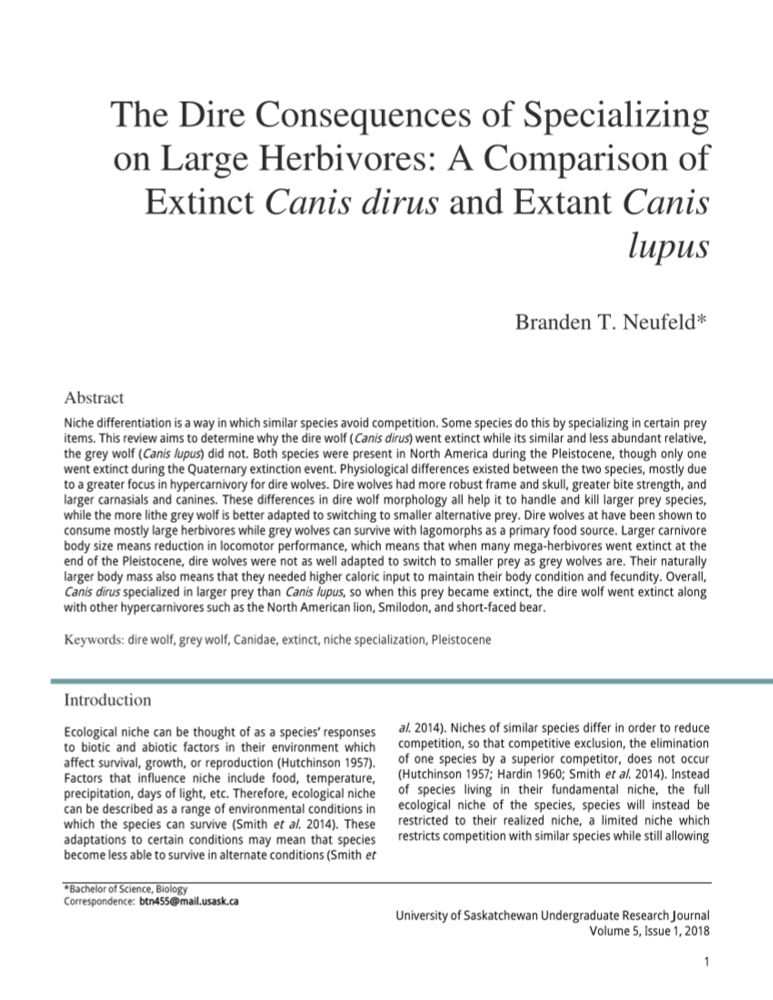
La Brea Tar Pits (3,6)
Paiaoe (8)
Citations:
www.researchgate.net/publication/...
www.researchgate.net/publication/...
www.researchgate.net/publication/...
academic.oup.com/biolinnean/a...

